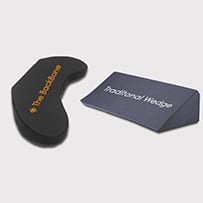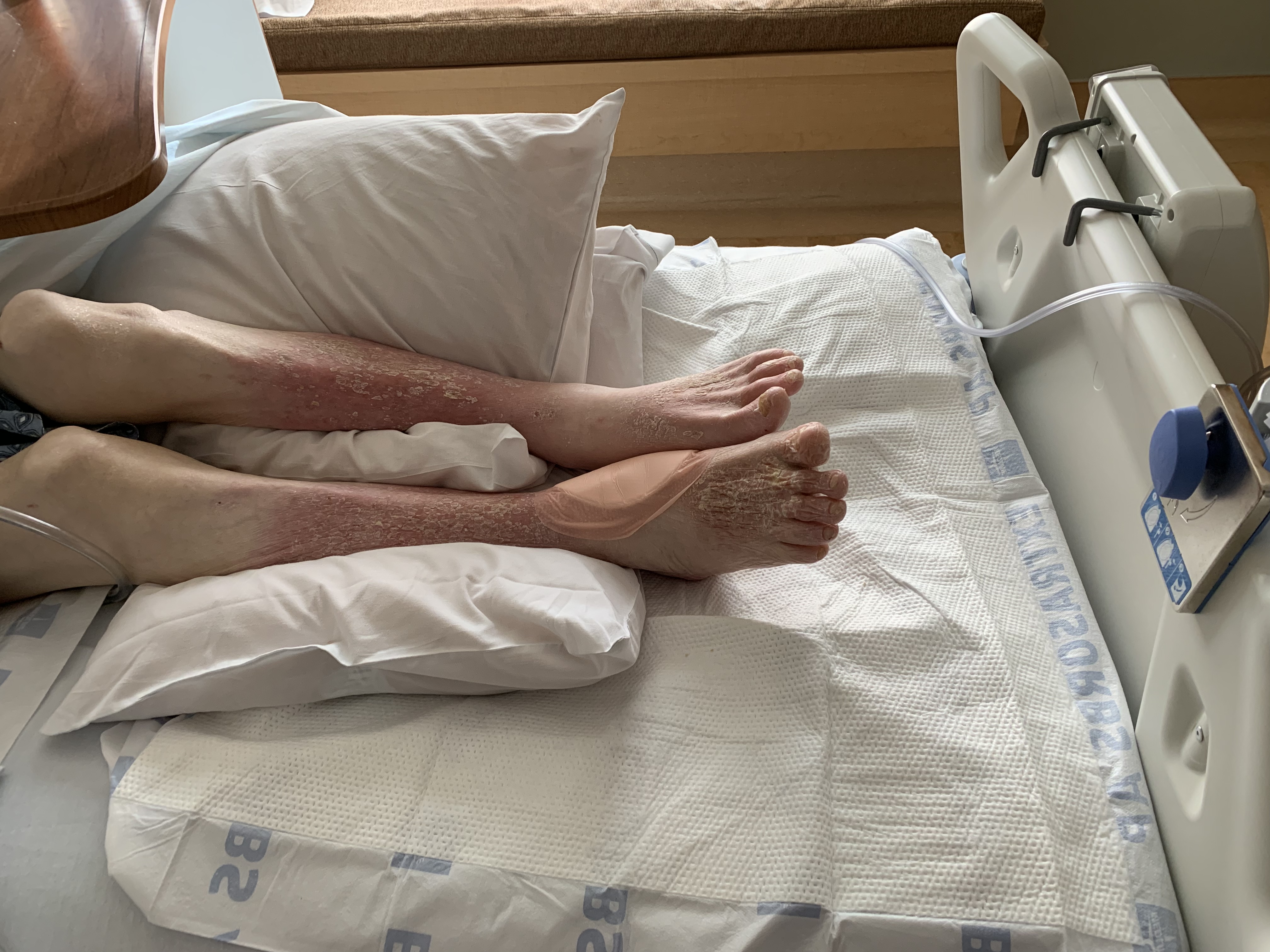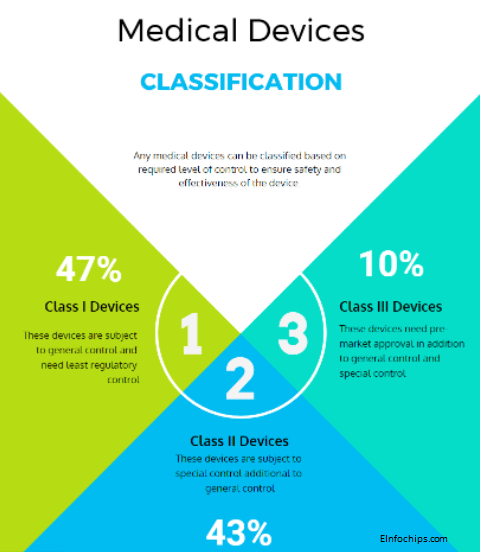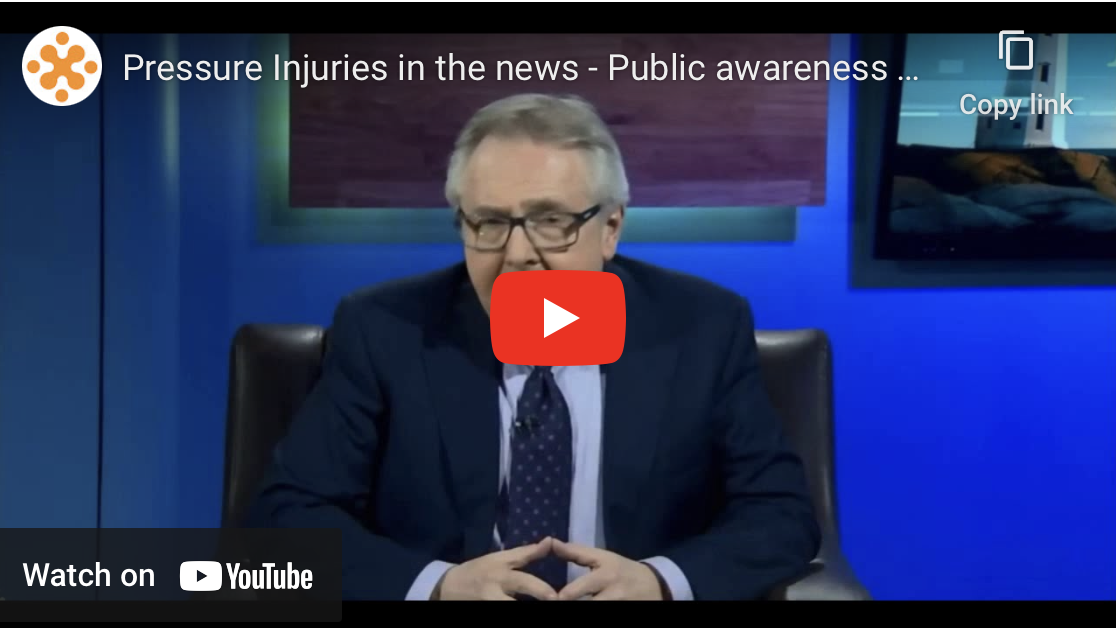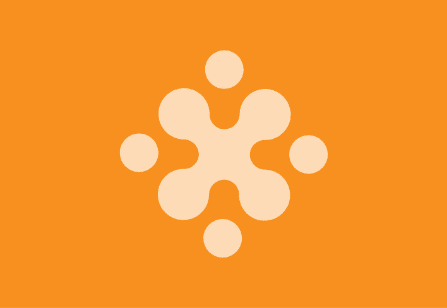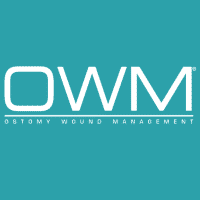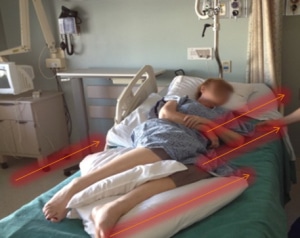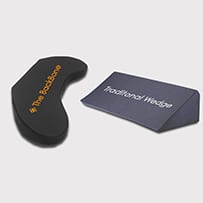What’s it going to take to stop pressure injuries?

If we want to realize genuine improvement in the quality of the pressure injury prevention and treatment we deliver, we cannot start with Electronic Health Records or technology driven approaches that take the caregiver's time away from the bedside and try to work our way backwards.
We have to start with the caregiver and patient interactions and design our processes forward.
The scientific, technological and economic advancements in medicine have dramatically changed the way we deliver healthcare. We have many great accomplishments. But unfortunately, this evolution has lead to decreased time and investment in basic nursing care work, where pressure injury prevention can best be achieved.
Our goal to prevent Hospital Acquired Pressure Injuries (HAPI), Long Term Skilled Nursing Facility Acquired Pressure Injuries (FAPI) and Community Acquired Pressure Injuries must to be to re-establish preventative best practices that correlate with the nursing process. We must innovate work flows that improve efficiency and focus on increasing the time caregivers have available at the bedside.
Simply put, when it comes to pressure injury prevention and healing, we have to go back to the basics.
That's not to imply that pressure injury prevention and healing is what it was 50 years ago.
The biggest mistake I see most C-Suite administrators make is assuming PIP care is easy just because the principles are simple. The tendency is to take a "one size fits all" approach to protocols. Which is a great way to ignore the human element of bedside care.
Every patient is different. And "Creating an environment where best possible where pressure injury prevention and healing can take place" (NPIAP) is difficult to do correctly, fraught with complications, often requires more than one caregiver and is very very time consuming.
Procedures and the supplies & equipment we use must honestly serve our patients first and secondly empower our caregivers to be able to do the right thing, the right way, at the right time. The skills we need to develop in our caregivers is how they can use their resources to provide the best possible quality of bedside preventative care.
Most of all, we must structure work flows to prioritize bedside care over "computer care".
When we can collaborate to achieve better continuity of care, balance, sustainability and productivity between the many faucets of healthcare delivery, we can improve pressure injury prevention outcomes. Ultimately our practice must be guided by benevolence as the driving core value toward achieving true healthcare reform. ” - Gwen Jewell, Clinical Nurse II, BSN.
